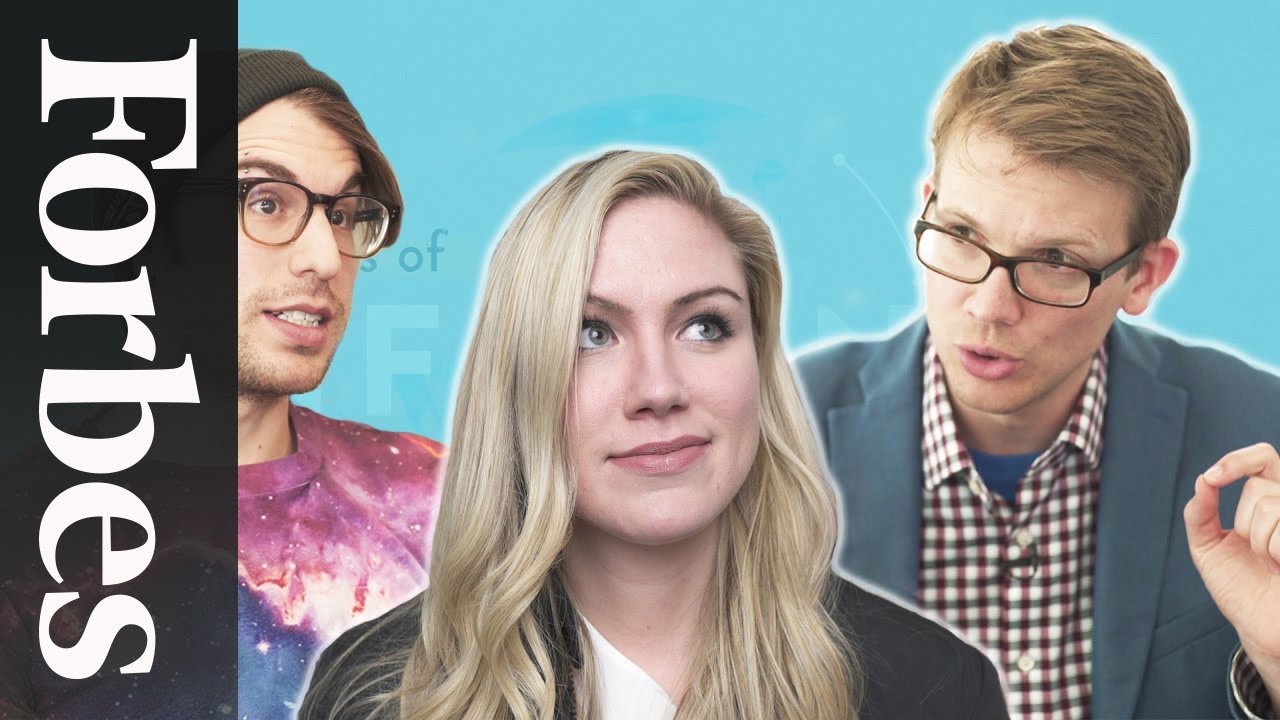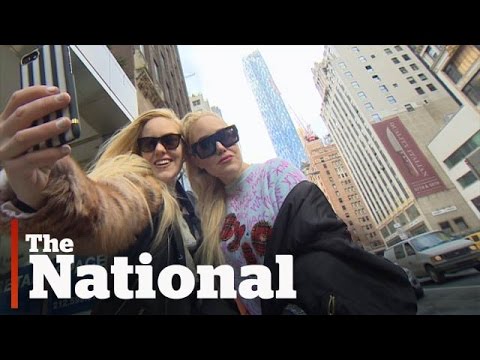7 unique ways to generate ideas for marketing purposes
Marketers are creative professionals by definition. You are always looking for ways to generate ideas for marketing purposes may they be blog articles, campaigns, a website redesign or customer polls & quizzes.
A marketer’s mind is like a speed car racing at 100 miles per hour. You need to stay updated with the latest content produced by your competitors but you also need to find your own way.
From marketing managers to followers on social media, everyone expects original ideas – surprising, never-before-seen, unique.
But where are you going to find new ideas?
Not on Google. If it’s on Google, it’s already been done.
And as we’ve already discussed, the best content is the one that stokes curiosity and exceeds your followers’ expectations.
Here are 7 unique ways that help me be more creative and generate ideas for marketing purposes:
1. Watch performance art
Performance art is one of the most innovative and surprising expressions of art. It challenges your understanding of the world and makes you question things you take for granted. Performance art is basically the embodiment of the artist’s ideas.
If you are interested in performance art, you can start with the following artists: Olafur Eliasson, Yayoi Kusama, Studio Drift and Banksy.
Olafur Eliasson is a visual artist known for sculptures and large-scale installation art. He makes use of elemental materials such as light, water, and air temperature to create immersive environments and enhance the viewer’s experience.
His most-celebrated large-scale installation is The weather project.
Yayoi Kusama is a renowned contemporary artist famously known for her signature polka dots art, hence the name – The Queen of Polka Dots.
One of her signature installations is Infinity Mirrors, which offers visitors the chance to step into an illusion of infinite space.
Studio Drift is an artist collective that explores the boundaries of technology, art and nature. DRIFT manifests the phenomena and hidden properties of nature with the use of technology.
2. Talk to people outside your regular circle of friends and acquaintances
They say we are the average of the five people we spend the most time with.
Our close friends and acquaintances have definitely a strong influence on us, our choices and our outlook on life.
It’s always good to meet new people even if they don’t become friends.
By surrounding yourself with people older or younger, working jobs in industries different than yours, you have the chance to come into contact with different life experiences.
Don’t pass on the opportunity to know how other people live, what their experience is like, know their challenges and aspirations, learn what they do in their free time or how they spend their money.
Even better if they match the profile of your customers. They will provide you with a unique insight and in-depth understanding that could lead to new ideas for great marketing campaigns.
3. Visit new cities
Cities are repositories of the culture of the people living in them.
Building architecture marks the most important events in their history.
Observe how people spend their time in the city, how they connect with each other through the city.
Notice how people do business, what their habits are, speak to locals and open a window into their lives.
It could help you get inspired and generate new ideas.
4. Follow content creators on Instagram
Content creators on social media are a boundless resource for creativity.
From illustrators to UX designers, photographers to painters – Instagram is, in my opinion, the go-to place when you need to get inspired.
Whenever I want to get refresh my ideas, I check these two Instagram accounts: daisieapp and cart0lina.
Daisie is a social app based on creative collaboration launched by Game of Thrones star Maisie Williams.
It’s a hub that welcomes creatives in almost every field: musicians, artists, designers, illustrators, film photographers, poets and content creators.
View this post on Instagram
Cart0lina is where graphic designer Carolina Fragapane displays her amazing skills. Her ability to create visually impactful and seemingly never-ending content is astonishing.
View this post on Instagram
5. Learn about a different industry
Just like talking to people outside your close circle of friends is beneficial, learning about a different industry has the potential to generate unique ideas.
How is that industry using technology?
What tools do people in that industry use to talk to their audience or customers?
How is that market different from yours?
What do marketing professionals in that industry do best? What could they improve?
What could you use from their experience to improve your work?
Do your best to answer these questions and you could extract a wealth of information and valuable insight to help you generate new ideas.
6. Run polls and quizzes
One of the best ways to generate unique ideas for marketing purposes is to run polls and quizzes.
Conducting polls is a great way to engage with your audience and learn more about them: their goals, their buying habits, their opinions on the hottest topic of the day.
Optimize your polls to get the most answers possible. Follow up with a piece of content (blog article, infographic, video etc) that highlights the results and provides further information or solutions depending on the poll results.
Your audience will appreciate it!
7. Browse old ads of famous brands
If I were to choose one book to take with me in the event of a disaster, it would be The Copy Book – How some of the best advertising writers in the world write their advertising by Taschen.
The Copy Book features a collection of some of the smartest ads created by 48 leading copywriters in the world.
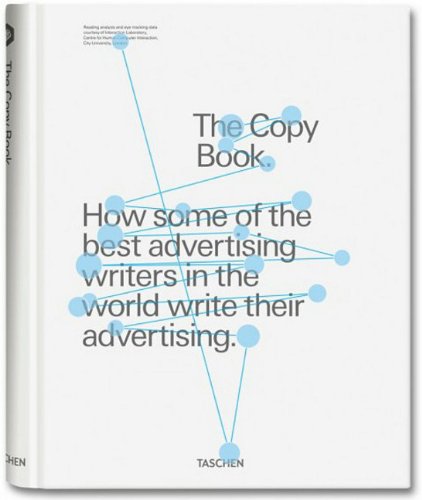
The ads included here go back as far as the 70s and feature creative work from famous brands such as Apple, The Economist, BMW, Microsoft, Nike a.s.o.
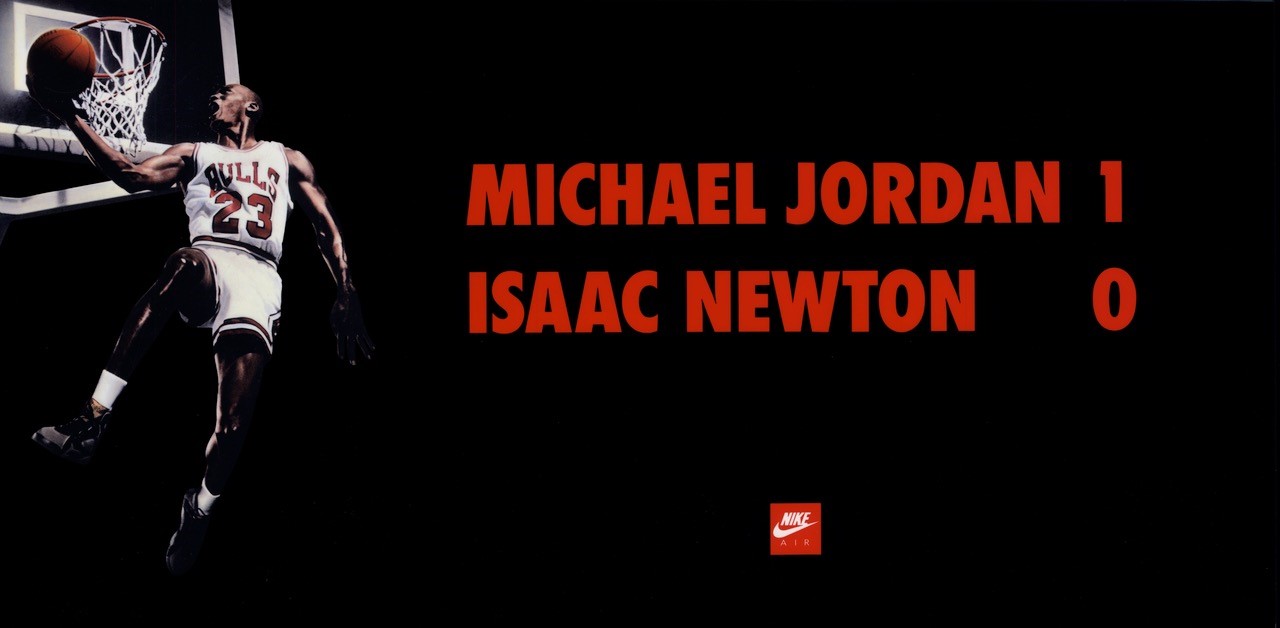
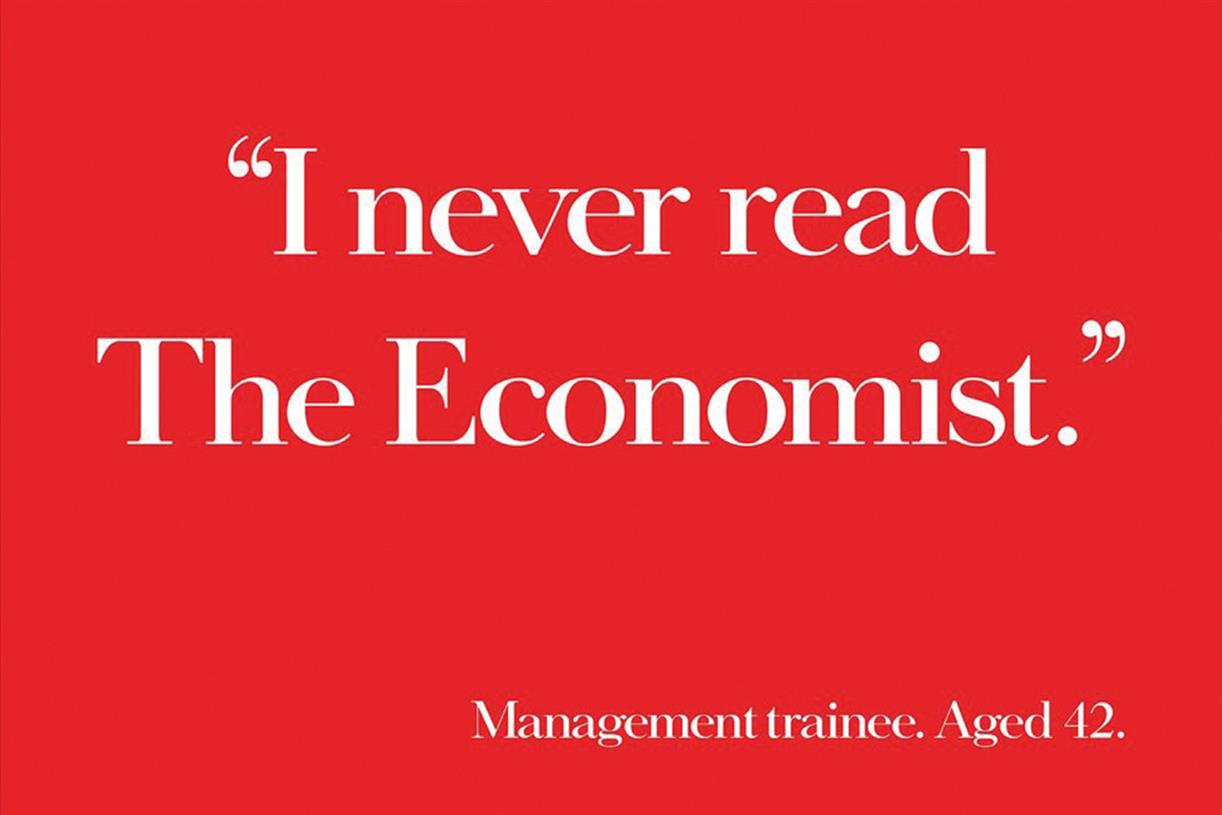
Conclusion
How is a floating block helping me generate ideas for marketing purposes, you might ask?
It’s not about the floating block, or the miniature sun – it’s about the concept behind them. Both concepts use technology to awe people, to deliver a unique experience.
That’s what you need to take from these examples: discover the underlying principles and find out how you could use them to power a new campaign or a redesign of the website or a landing page.
Join the Conversation
We’d love to hear what you have to say.
Get in touch with us on our LinkedIn Page, Facebook Page, Twitter or TikTok.
Big influencers attract thousands of dollars for just a post on social media
Only 3% of the marketers said they planned to cut back on influencer marketing in the coming year, versus about 75% who anticipated spending even more on it, says emarketer.com. Moreover, according to the website, companies are paying the most for celebrity posts, especially on certain platforms. On average, posts by celebrities with at least 1 million followers (considered as influencers) cost nearly £65,000 each ($87,731), with Facebook posts demanding a leading rate of approximately £75,000 ($101,228).
Influencer marketing costs are going up in the UK, according to research by Rakuten Marketing and Morar Consulting, but prices per post vary considerably depending on reach and platform. This month, polling of UK marketers working directly on influencer programs from sectors including fashion, beauty and travel, approximately two-thirds of respondents had seen the prices influencers charge for posts go up in the past 12 months. In some industries, the costs were even higher, with some premium fashion brands, for example, paying celebrity influencers more than £160,000 ($215,954) per post.
“UK marketers are willing to pay celebrity influencers on Facebook up to £75,000 for a single post mentioning the brand they want to promote, a new survey has revealed. They are also prepared to pay celebrity influencers £67,000 for each YouTube video that mentions their brand, while key influencers on Snapchat can expect to be paid as much as £53,000 per Snap,” writes www.warc.com.
Spending was much more modest for so-called micro-influencers—those with 10,000 or fewer followers, due to the fact that only a fifth (20%) of marketers claim they are able to demonstrate the impact of influencers through indirectly influenced sales. Prices averaged at close to £1,350 ($1,822) per post, with YouTube and Facebook commanding the highest prices—more than £1,500 ($2,025)—and Snapchat the lowest at just over £1,000 ($1,350).
“Decision makers questioned from across a variety of sectors including fashion, FMCG, beauty and travel admitted that they would shell out as much as £53,000 per Snapchat post, which despite coming in at significantly less than the value they placed on other platforms, is notable given that Snapchat’s ephemeral nature means videos and pictures disappear within 24 hours of being posted,” said Rebecca Stewart for thedrum.com.
Overall, respondents said they would devote an average of 24% of their marketing budgets to influencer marketing in the next 12 months. That figure’s higher than the share of budgets that the largest percentage of marketers in the UK and US said they devoted to influencer marketing in a March 2017 study by Econsultancy. In that study, between half and six in 10 luxury and non luxury brand marketers said they invested less than 10% of their overall marketing budgets to influencer marketing. But the second largest shares of respondents were similar in their spending allotment to those in the Rakuten and Morar study.
Affiliate marketing firm Rakuten Marketing spoke to 200 UK marketers working on influencer programmes and found that post-for-post they were prepared to pay 12% more for Facebook endorsements than they were for YouTube. The research also found that despite the value brands clearly place on high-profile influencer slots, the majority of those asked (86%) admit they aren’t entirely sure how influencer fees are calculated. Which is pretty odd, especially after the last years of change in the media buying market, the restriction of budgets and the overall risen caution.
Why are the influencers so important for marketers when it comes to social media? According to The Economist, social media offer brands their best opportunity to reach cord-cutting millennials: Snapchat, for instance, reaches 40% of all American 18- to 34-year-olds every day.
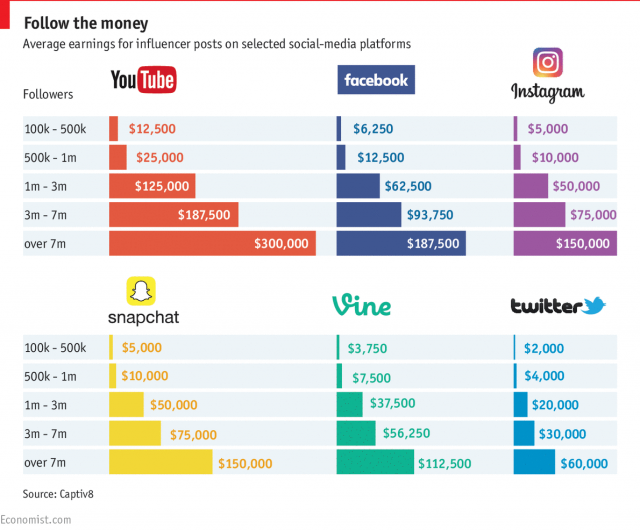
“Moreover, these platforms can make consumers feel they have gained unprecedented access to the lives of the rich and famous. That lets sponsors interact with their target audiences in ways that traditional advertising cannot match. In turn, demand from marketers for these channels has made social media lucrative territory for people with large online followings,” wrote the famous business magazine.
On the other hand, while 59 per cent of marketers state the influencers they work with will take guidance from them around best practice, 56 per cent of premium fashion marketers admit to a situation in which influencers hold all of the power. For example, only 20 per cent of marketers state influencers are prepared to follow their lead when it comes to guidance around billing.
Less than a third (29 per cent) believe that the influencers they work with are entirely concerned whether their content drives sales for the brand. Interestingly, when asked what would encourage marketers to invest more in an influencer programme, greater transparency and better reporting of influencer contribution to sales now rank as the highest factor (50 per cent).
James Collins, Rakuten Marketing’s SVP/managing director, global attribution, comments, “Influencer marketing can be hugely effective but marketers are commissioning expensive posts without understanding the real impact on the purchase journey. It’s essential that marketers question influencer fees and use attribution tools to measure the effect of this activity in order to create strong, value-driven relationships between brands and influencers.”




